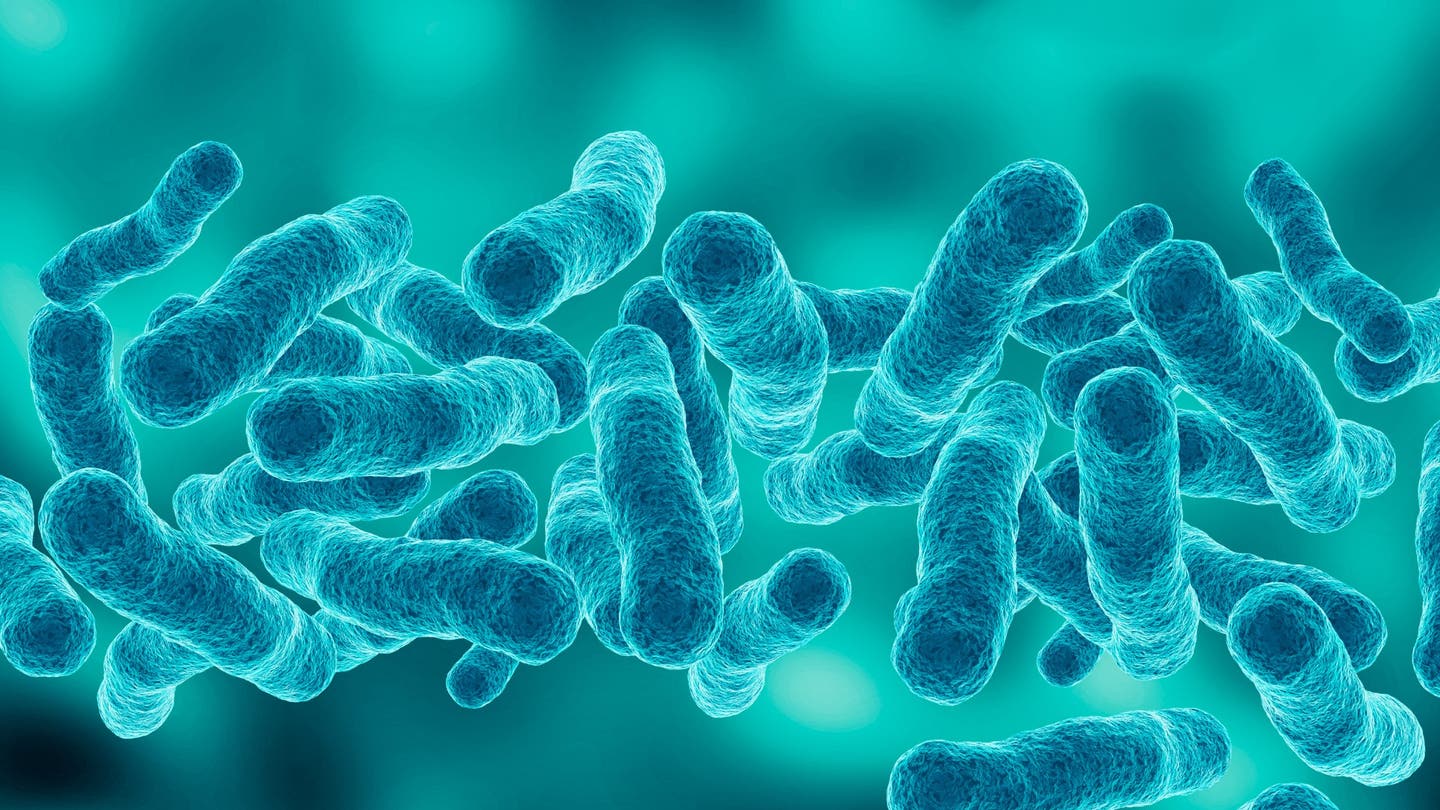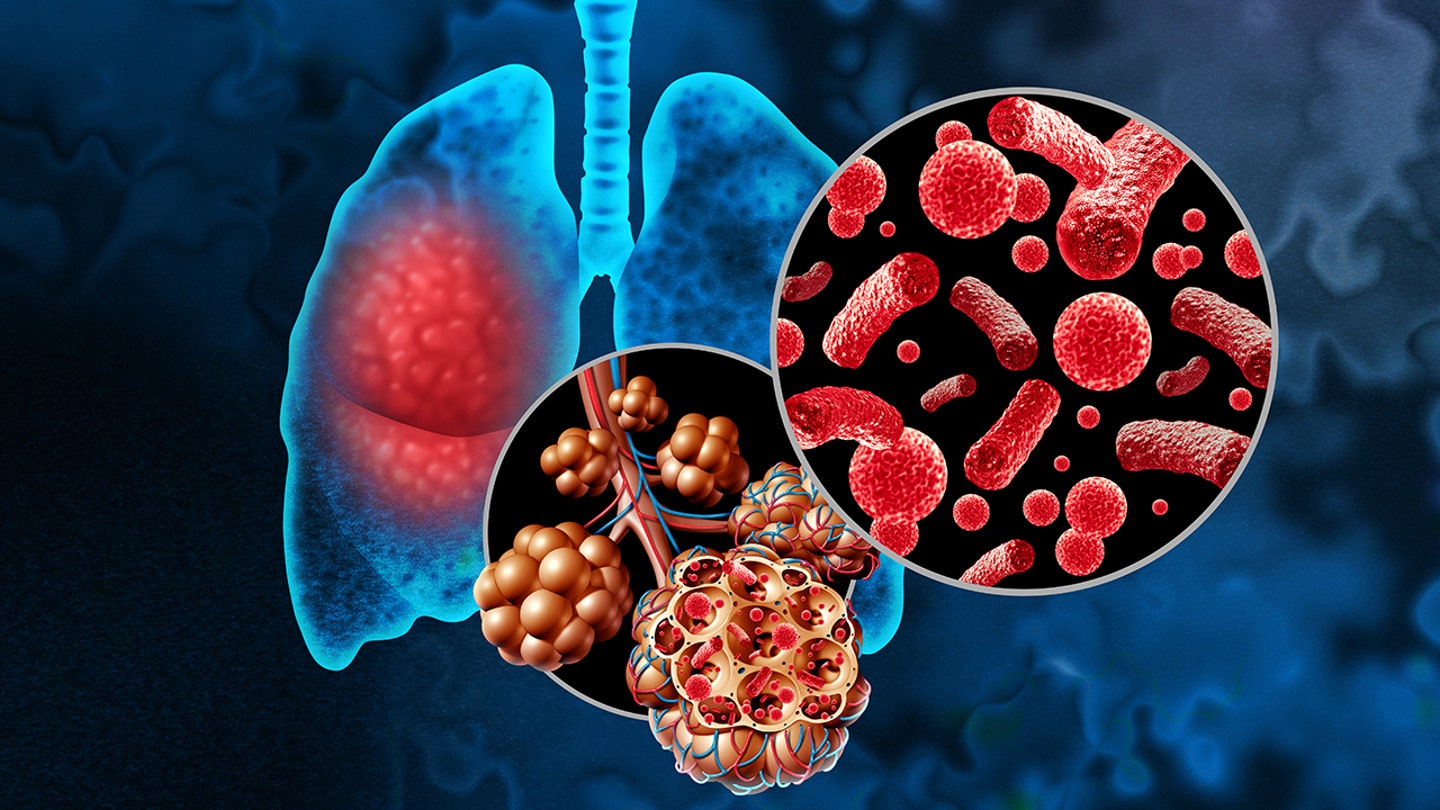NEWYou can now listen to news articles!
An outbreak of bacterial pneumonia has affected numerous individuals in New York City, as stated by health officials.
A total of 58 people have been identified with Legionnaires’ disease, a form of pneumonia caused by the Legionella bacteria.
Tragically, two individuals have lost their lives, as confirmed by the NYC Health Department in a news release on August 4.
The cluster of cases is primarily located in Central Harlem and neighboring communities with specific zip codes.
“Anyone in these affected areas experiencing flu-like symptoms should seek medical attention promptly,” stated Acting Health Commissioner Dr. Michelle Morse in the health department’s alert.
A total of 58 people in Central Harlem have been diagnosed with Legionnaires’ disease, a bacterial pneumonia. (iStock)
Legionnaires’ disease is typically found in freshwater environments such as lakes and streams.
However, it can also thrive indoors through various water systems where conditions are favorable for the Legionella bacteria to grow.
When individuals inhale or swallow water droplets containing Legionella, they may become ill with Legionnaires’ disease.
It is important to note that the disease is not commonly transmitted from person to person.

Legionnaires’ disease is caused by the bacteria Legionella, which can cause flu-like symptoms and respiratory problems. (iStock)
In response to the outbreak in New York City, the health department has taken steps to address the issue in cooling towers that tested positive for Legionella.
“Legionnaires’ disease can be effectively treated if diagnosed early, but individuals at higher risk should be vigilant about their symptoms and seek medical care promptly,” Morse emphasized.
Symptoms and risk
Symptoms of Legionnaires’ disease typically manifest within two to 14 days after exposure.
The condition often presents with flu-like symptoms such as cough, fever, muscle aches, and difficulty breathing.
Additional symptoms may include nausea, diarrhea, and confusion.

When people swallow or breathe in droplets of water that contain Legionella, they can potentially become ill with Legionnaires’ disease. (iStock)
“The nature of the symptoms may not be distinctive, but a history of exposure to ‘human-made reservoirs’ is a key factor,” explained an expert.
Individuals experiencing any of these symptoms are advised to seek immediate medical attention.
Groups at higher risk for Legionnaires’ disease include smokers, individuals aged 50 and above, those with chronic lung disease, and immunocompromised individuals.
Diagnosis of Legionnaires’ disease involves various tests such as chest X-ray, urine analysis, and lab tests.
Most individuals with the disease can recover with appropriate antibiotic treatment, although severe cases can lead to complications such as lung failure or death.
Around 10% of individuals with Legionnaires’ disease may succumb to complications, and the risk is higher for those contracting the disease in healthcare facilities.
“Early and aggressive treatment is crucial for Legionella infection as it requires antibiotic therapy,” stated an expert.

Legionella bacteria can grow and spread indoors via various water systems. (iStock)
Antibiotics such as Levofloxacin and Azithromycin are commonly used to treat Legionella infection, with intravenous antibiotics being the preferred option in severe cases.
Prevention strategies
Currently, there are no vaccines available for Legionnaires’ disease.
The best approach to prevent infection is by minimizing the growth and spread of Legionella bacteria.
Building owners and managers are encouraged to implement water management programs to reduce the risk of Legionella contamination.
The author is a senior health editor and a member of the lifestyle team at the publication. Story tips can be sent to the provided email address.





